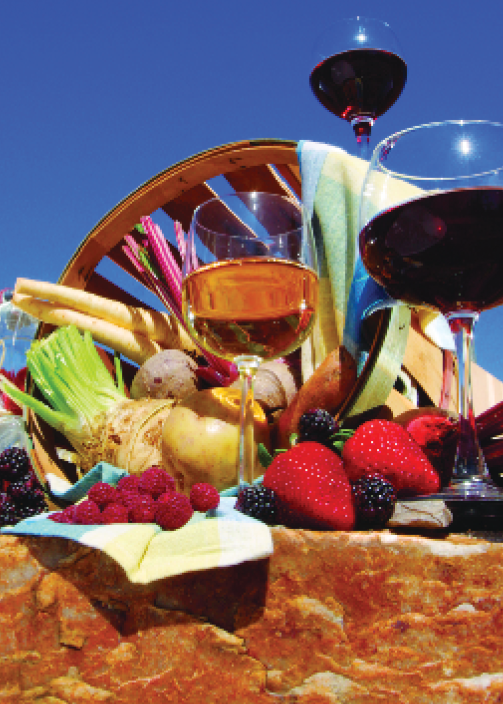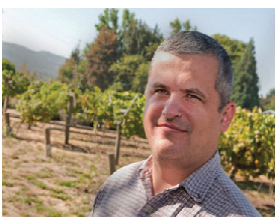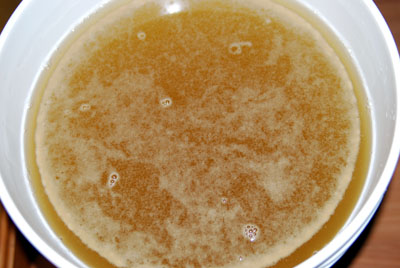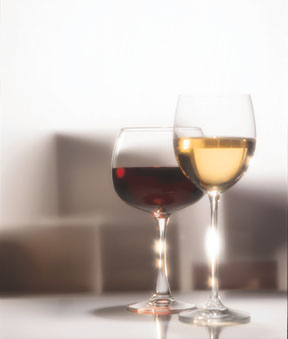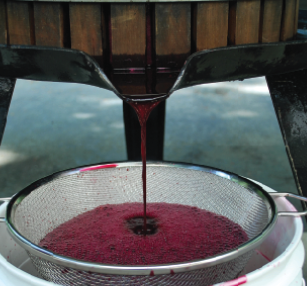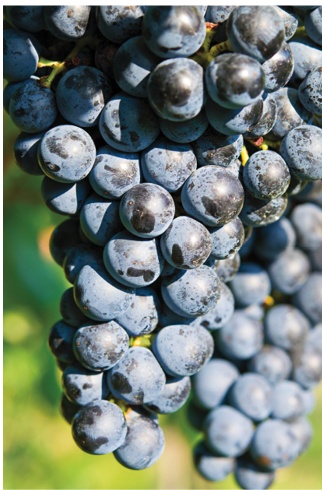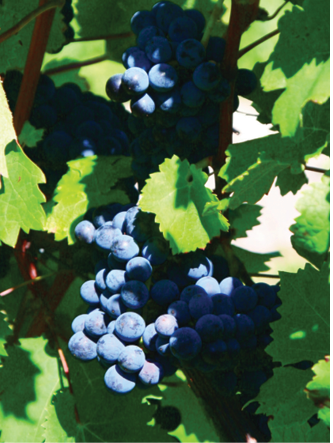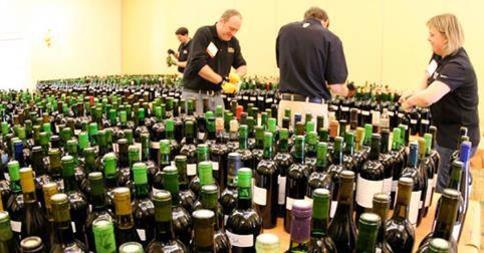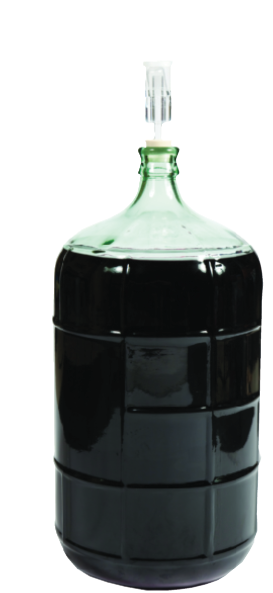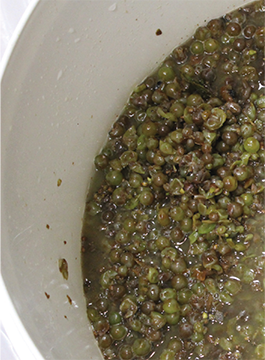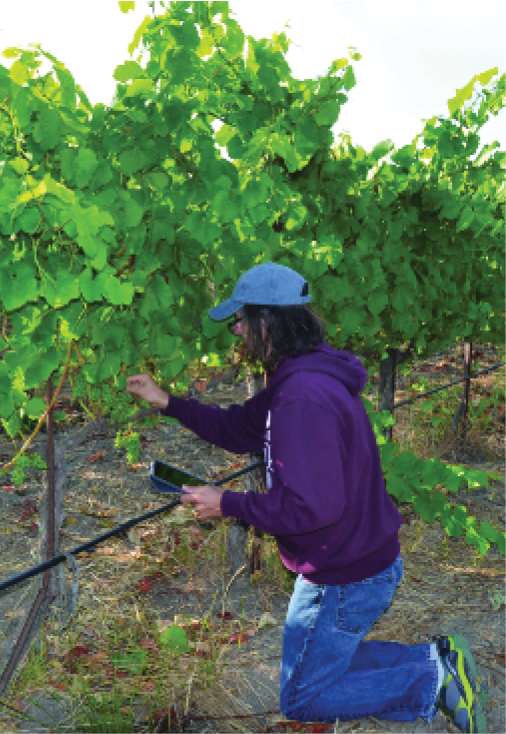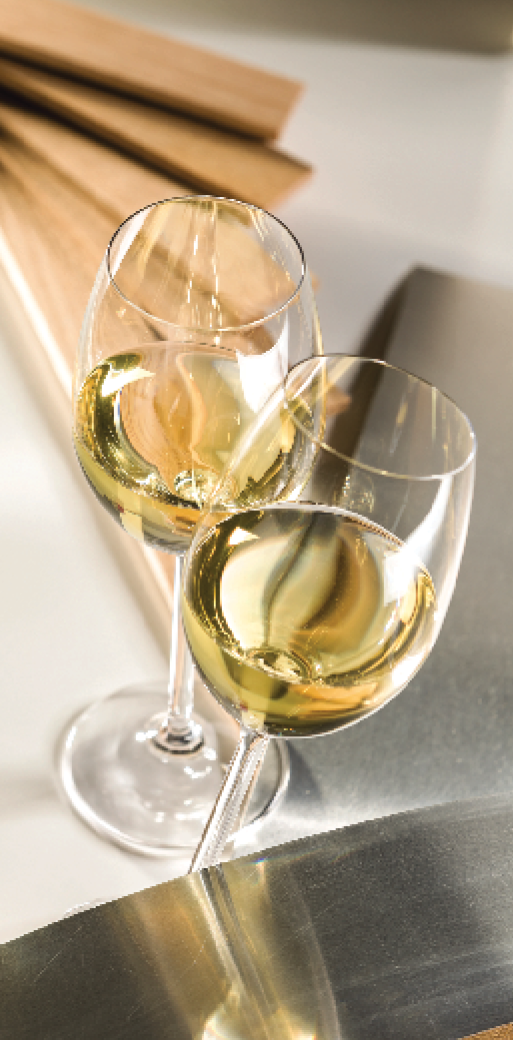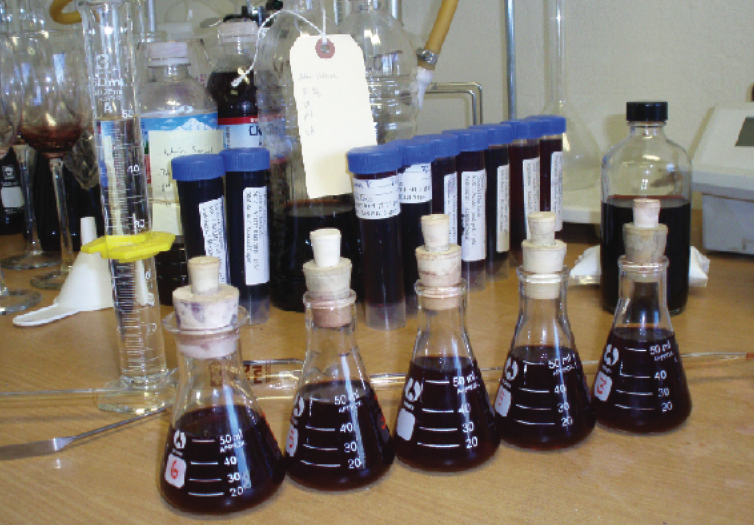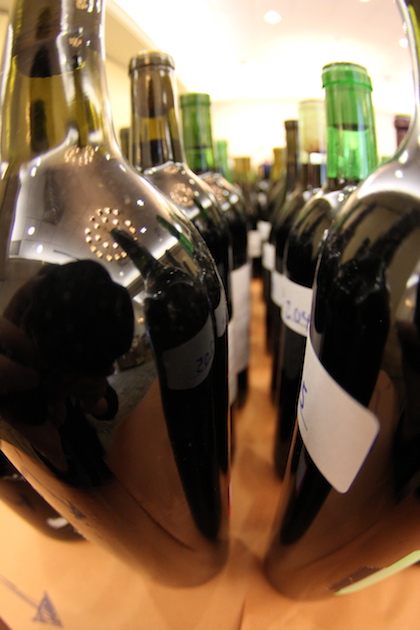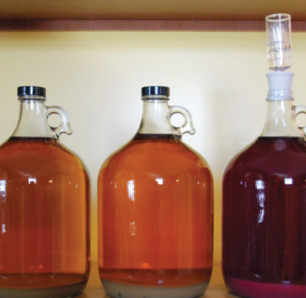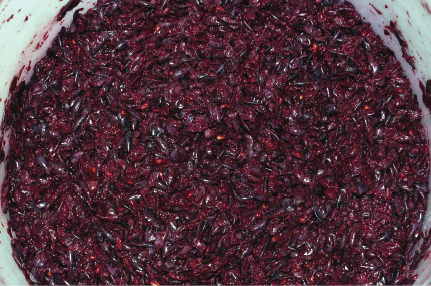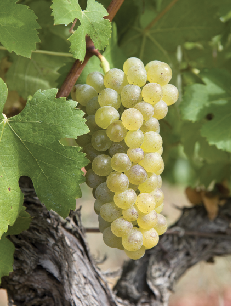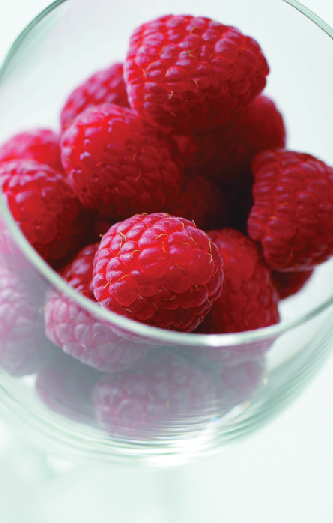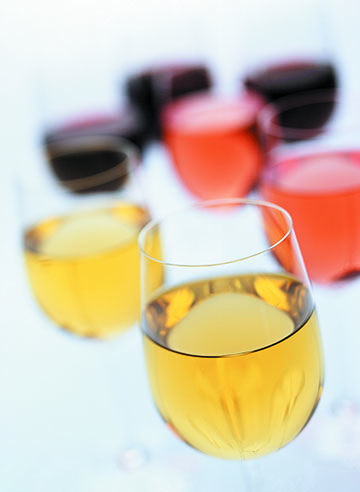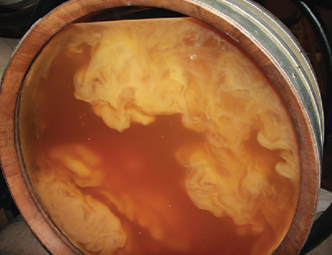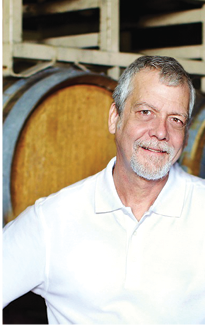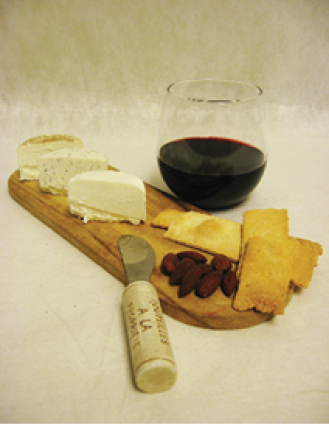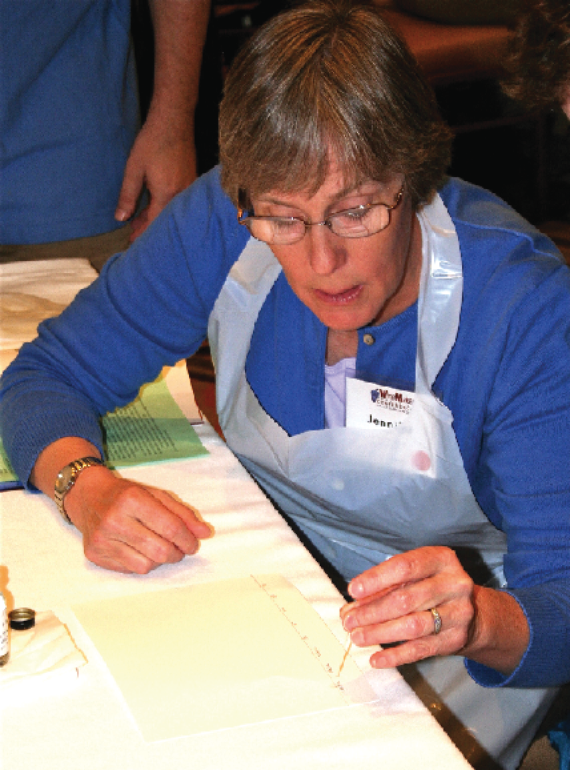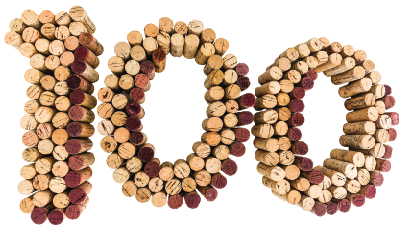Techniques
Aging Country Fruit Wines
Wine is a dynamic chemical soup, constantly changing, evolving, reducing and oxidizing. From the moment it is made, its fate is sealed. Yes, it will improve, mature, reach a peak, and then
Controlling Grapevine Vigor: Tips from the Pros
One of the biggest challenges to growing grapes — commercially or recreationally — is controlling vine growth, which is known as vigor. If the vines are too productive, or not productive enough,
15 Facts About Wine Yeast
For more than 10 years I have been a home winemaker and for almost that long I have also brewed beer. Before that, I was general manager at a company that sells
15 Wine Kits to Try
Most home winemakers have limits on their winemaking space, equipment, cellar capacity or the ability of their liver to keep up. If you are one of those who has to pick and
15 Home Vineyard Tips
One truism in almost everything I do is this: By the end of any project, I am competent to start it properly. Nowhere is this more evident than in viticulture, and backyard
15 Keys to Winemaking Success
As we look back at the many wines we made, we cherish the memories of those winners that amazed our friends and family. But there have been failures too and perhaps some
15 Wine Styles You Need to Make
One of the things that makes wine irresistible is the endless variety: every grape, every region, every vintage, every bottle tastes a little different from the last. And so while there is
Making Cabernet Franc: Tips from the Pros
Cabernet Franc can be a very versatile grape to grow in your backyard vineyard — and more forgiving in some ways than Cabernet Sauvignon. But what does it take to make good
Choosing Corks and Wine Closures
As I walked about the roomful of wine following April’s WineMaker International Amateur Wine Competition judging, I was reminded of how little thought is given to closures. Winemaking problems notwithstanding, this could
Winemaking by the Numbers
There are lots of ways to help winemakers learn or refine their craft. Most of those involve lists of equipment and supplies, along with step-by-step or time-based instructions for what to do
White Wine Skin Contact
Today’s proposed violation takes on one of the dominant conventions of modern white winemaking: no skin contact.
Home Vineyard Experiments
Bibliographies are traditionally presented at the end of an article, but there is a book that proved so central to the production of this article that it must be given a leading
Wines Two Ways: Oaked and Unoaked
To Oak, or not to Oak, a phrase I took from Shakespeare’s play Hamlet and changed the words around a little. But going a step further and delving into the tools that
Performing Bench Trials
It is always recommended to do a bench trial prior to making any big adjustment or blend. Learn how to dial in an exact adjustment/addition rate and then scale it up to the full batch.
2013 WineMaker International Wine Competition Results
4,564 entries 923 wine flights 2,282 total judging hours 50 American states 8 Canadian provinces 9 Countries From April 19 to 21, 2013, a record total of 4,564 different wines were judged
Small Batch Wine Experiments
Making small batches of wine at home can be a real labor of love. If you primarily make wine by the barrel it might be easy to take this idea for granted,
Maceration Tips and Techniques
“Maceration,” says the Concise Oxford Dictionary, is to “soften by soaking.” In red winemaking it is so much more! Indeed, maceration may be viewed as the very essence of what distinguishes the
Winemaking Tips from Virginia Winemakers
Four centuries after it was first believed wine grapes would be an agricultural staple in Virginia, early prophecies are a reality. Virginia is quickly emerging as an up and coming wine region
Making Country Wine from Berries
Summer is the time for berries, and that means berry wines. Loaded with flavor and unique aromas, chilled berry wines on warm summer afternoons lend credence to the lyrics, “It’s summertime, and
Urban Winemaking: Tips from the Pros
Making wine away from winemaking regions is becoming more popular. As these pros will tell you, urban winemaking comes with unique benefits and challenges. Jared Brandt and his wife, Tracey, are the
Bâtonnage Winemaking Techniques
You want to add extra body and mouthfeel to your wines, or perhaps enhance those buttery or yeasty aromas and flavors in your barrel-fermented Chardonnay? Or maybe even round out those sharp
Making Chambourcin Wine: Tips from the Pros
Developed commercially 50 years ago, Chambourcin is a versatile grape that is most prevalently grown in the Mid-Atlantic. Producing deep red colors and strong aromas, Chambourcin grapes are used either to stand-alone
The Science of Food and Wine Pairing
“Carignane and goat cheese,” said Tony Ross, wine educator at Passalacqua Winery near Healdsburg, California. During a judging session for a local home wine competition, Tony and I were on the same
Malolactic Fermentation Timing
Home Winemakers, Let’s Take a Vote: Those of you who put your wines through malolactic fermentation only after the alcoholic fermentation is complete, raise your hands. Now those of you who do
Top 100 Wine Kits 2013
Over 50 experienced judges evaluated a total of 2,725 wine kit entries as part of the 2013 WineMaker International Amateur Wine Competition. This large collection of kit entries was sent into the
